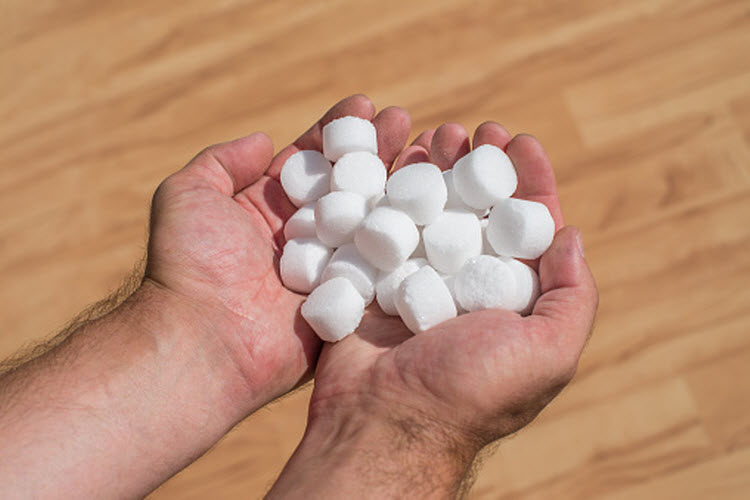
Back
If you have hard water, then using a water softener will protect your pipes, clothing, dishes, hair, and skin from damage. Hard water not only causes physical damage to your home and body, but it can cause bad odors and stains. Fortunately, you can treat hard water by using water softeners. Your plumber can install a water softener system that addresses your hard water problems so you can avoid the associated damage. Here is a closer look at how these systems work.
Filtration
When hard water enters the water softener, it passes through a collection of plastic beads, also called a media. The beads are usually made of polystyrene, but they are sometimes made from other forms of plastic. They have a negative charge, which attracts the calcium and magnesium that makes water hard. Through this attraction, those minerals are removed from the water and cling to the beads instead. The water is ready to be used at this point.
Brine Tank
The brine tank is separate from the media portion of the softening system. Inside the brine tank is a concentrated solution of water and sodium or potassium. This water is used to rinse the beads in the media so that the magnesium and calcium are removed, allowing them to be used again for water softening. The brine solution combined with the magnesium and calcium then goes down the drain.
Water softeners are simple systems that can have a major impact on the longevity of your home plumbing and the safety of your water. Mike Counsil Plumbing can assist with a variety of home plumbing needs, including water softeners, drain cleaning, and water heater repair in San Jose. To schedule a service call with a plumber, dial (408) 618-8002.
Back
https://mcplumbing.com/blog/how-do-water-softeners-work-2/